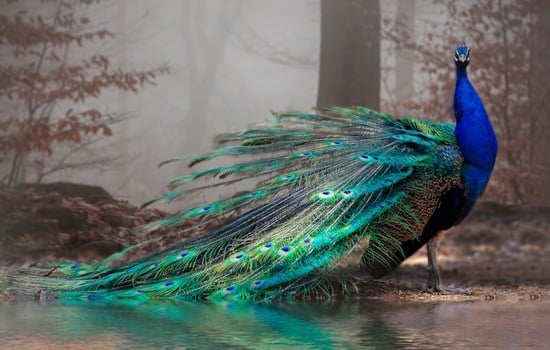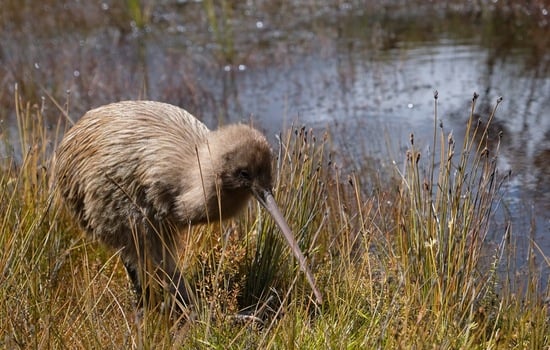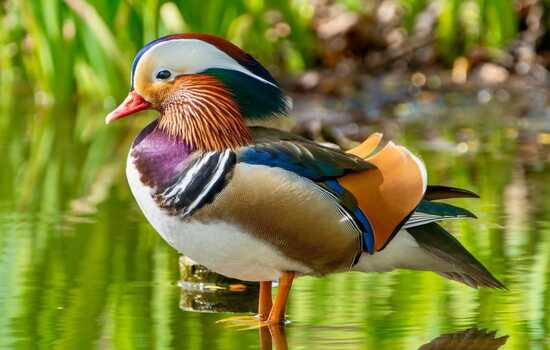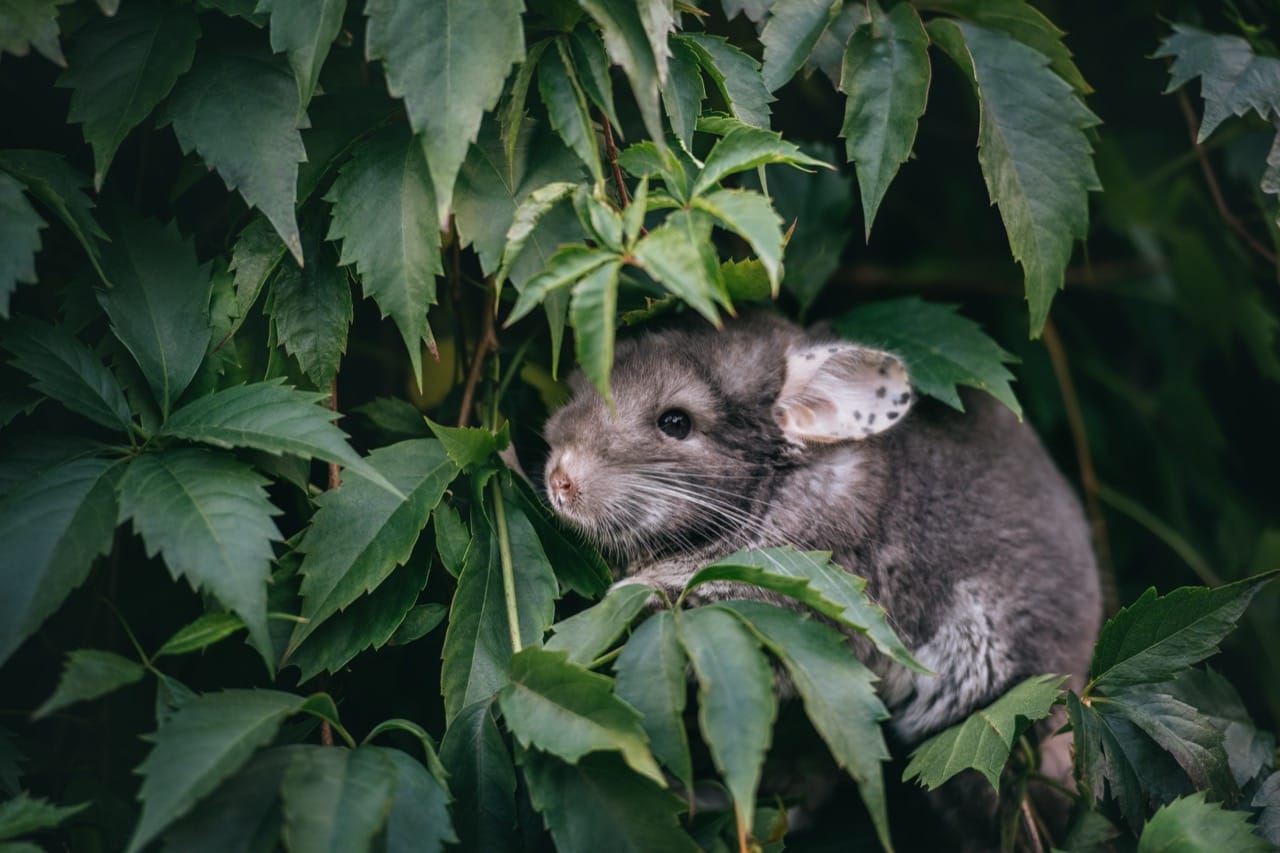
Chinchillas: The Velvety Treasures of the Andes
In the shadow of the towering Andes Mountains, amidst the rugged terrain and sparse vegetation, thrives a creature of such exquisite softness and endearing character that it seems a living paradox. The chinchilla, with its luxurious fur and comical antics, is a marvel of nature's design, a testament to the adaptability and resilience of life in the harshest of environments. These nocturnal, fluffy beings are not just the bearers of the softest fur in the animal kingdom but also carry tales of survival, companionship, and the delicate balance between nature and human fascination. As we embark on this journey to explore the world of chinchillas, here's a whisker-tickling piece of trivia: a chinchilla's fur is so dense that parasites like fleas cannot survive on them, making them one of the cleanest animals in the pet world.
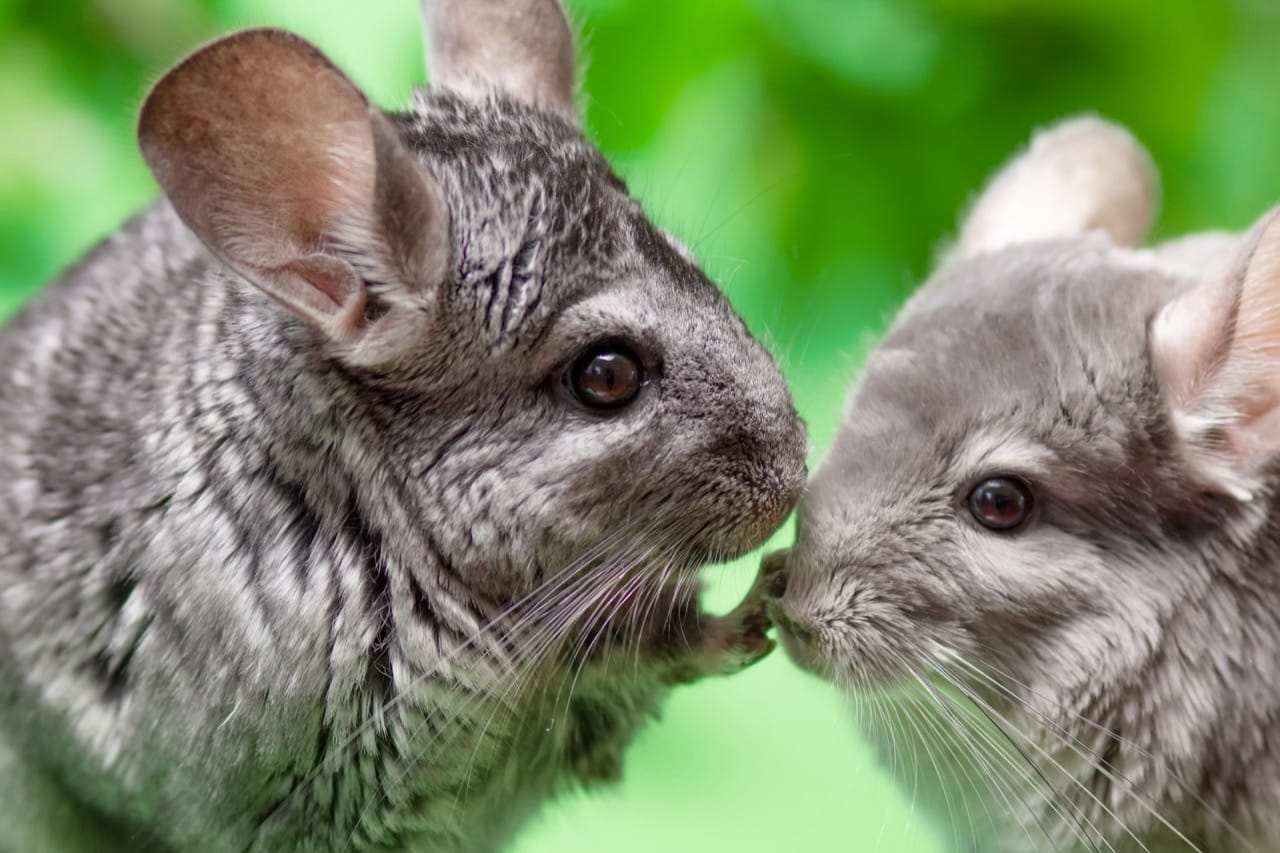
From the Peaks to the Plains: Origins and Habitat
The tale of the chinchilla begins in the high altitudes of the Andes Mountains, where they have roamed for millions of years. Originally found across Peru, Bolivia, Argentina, and Chile, their natural habitat is characterized by rocky outcrops and sparse vegetation, a challenging environment that has shaped their unique adaptations and behaviors. These small rodents once thrived in large numbers, forming colonies known as "herds" that could count in the hundreds, a sight that is sadly rare today due to centuries of hunting and habitat loss.
A Closer Look: Physical Characteristics
Chinchillas are best known for their luxurious fur, which is incomparably soft and dense. Each follicle sprouts about 60 hairs, a natural defense against the cold of their mountainous homes. Adult chinchillas weigh between 400 to 500 grams and have a body length of about 10 to 14 inches, plus a tail adding another 5 to 6 inches. Their large, rounded ears and bright, curious eyes give them an appearance of perpetual alertness, while their powerful hind legs are perfectly designed for leaping among rocks and crevices.
Nature's Velvet: The Chinchilla Fur
The fur of the chinchilla is not only a marvel of softness but also a curse that has led them to the brink of extinction in the wild. Hunted for centuries for their pelts, chinchillas have faced decimation, their numbers dwindling to critical levels by the early 20th century. Conservation efforts are ongoing to protect what remains of their natural populations, with a focus on habitat preservation and legal protections against hunting. In captivity, the chinchilla's fur requires special care, including regular dust baths to absorb oils and maintain its softness, a behavior that mirrors their dust-bathing in volcanic ash in the wild.
High Altitude Homebodies: Habitat and Adaptation
Chinchillas are adapted to life in thin air, where temperatures can swing dramatically, and oxygen levels are low. Their thick fur protects them from the cold, while their large ears help dissipate heat on warmer days. In the wild, chinchillas live in burrows or crevices among rocks, which offer protection from predators and the elements. This preference for rocky terrains has been retained in domestic chinchillas, which require ample space and structures to climb and explore within their enclosures.
Herbivores of the Heights: Feeding
In the wild, chinchillas feed on a sparse diet of grasses, leaves, seeds, and small insects. This diet has evolved into a specialized feeding regime that emphasizes high fiber and low fat, necessary for their digestive health. Domestic chinchillas require a similar diet, typically provided through commercially available pellets, hay, and the occasional treat of dried fruits or nuts. Care must be taken to avoid overfeeding, especially with treats, to prevent obesity and digestive issues.
Social Creatures of the Night: Behaviour
Chinchillas are highly social animals, thriving on interaction within their herds. In captivity, they benefit from companionship, whether with other chinchillas or human caretakers, displaying a range of behaviors from grooming to play. They are naturally nocturnal, most active during the evening and early morning, a trait that potential pet owners should consider. Their vocalizations, including barks and chirps, are a means of communication within the herd, signaling everything from contentment to warning.
The Cycle of Life: Reproduction and Lifespan
Chinchillas have a relatively long gestation period for rodents, at around 111 days, resulting in litters of typically two to three kits. These kits are born fully furred and with their eyes open, ready to explore their world within a few hours of birth. In the wild, the harsh conditions of their habitat and the threat of predators limit their lifespan, but in captivity, chinchillas can live for over a decade, with some reaching up to 20 years of age under optimal care.
Predators and Preservation
In their natural Andean habitat, chinchillas are preyed upon by birds of prey, snakes, and wild cats. Their agility and ability to leap to safety are their primary defenses, along with their cryptic coloring that blends into the rocky terrain. The real threat to chinchillas has been human activity, not only hunting for fur but also habitat destruction for mining and agriculture. Conservation efforts today focus on habitat preservation and the promotion of responsible pet ownership to ensure the survival of chinchilla populations both in the wild and in captivity.
Beyond the Fur: Chinchillas as Pets
Chinchillas have gained popularity as pets, prized for their unique personalities, cleanliness, and hypoallergenic fur. However, they require dedicated care, including a proper diet, a cool and spacious environment, and social interaction. Potential owners should be prepared for a long-term commitment and consider adopting in pairs to meet their social needs. As pets, chinchillas offer a window into the natural world, a connection to the wild beauty of the Andes, and the responsibility of caring for a species that has faced many challenges.
The story of the chinchilla, from the peaks of the Andes to the hearts of animal lovers around the world, is a journey of resilience, beauty, and the enduring appeal of nature's creations. These velvety treasures of the mountains remind us of the fragility of ecosystems and the importance of conservation, offering lessons in the value of patience, care, and respect for the natural world. As we continue to learn from and about them, chinchillas stand as ambassadors for the biodiversity of our planet, urging us to protect and cherish the myriad forms of life with which we share our world.




.jpeg)


